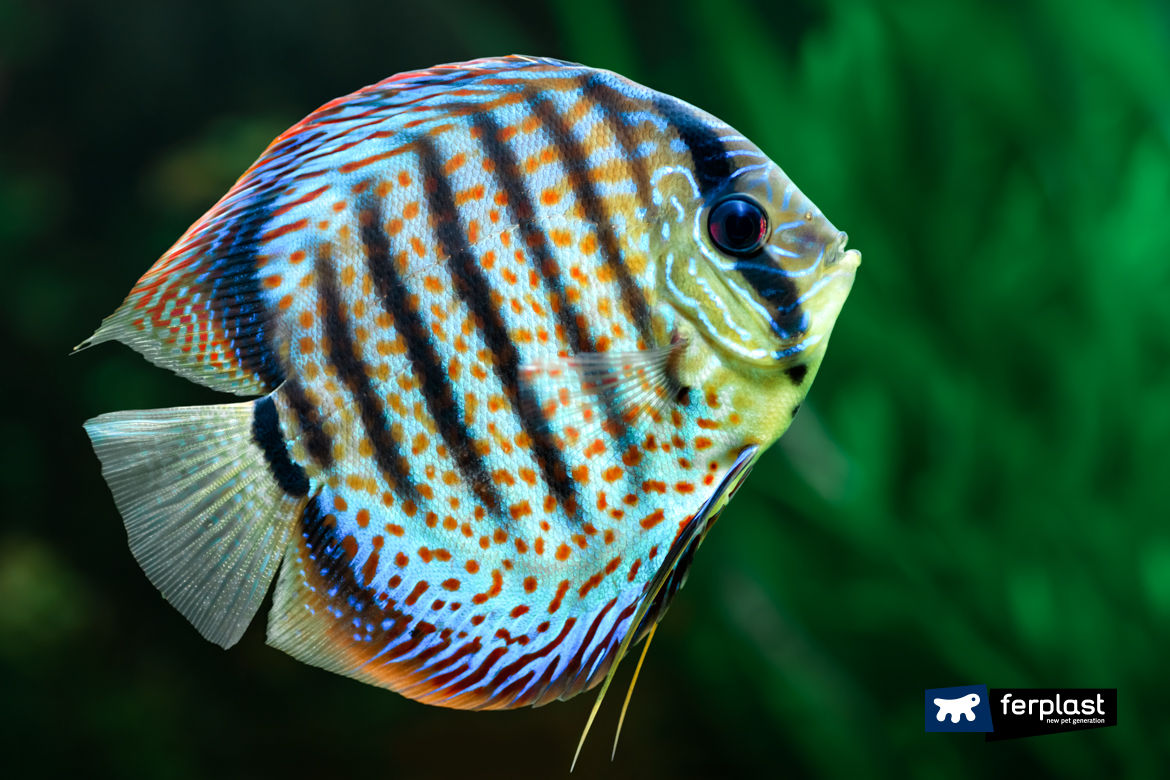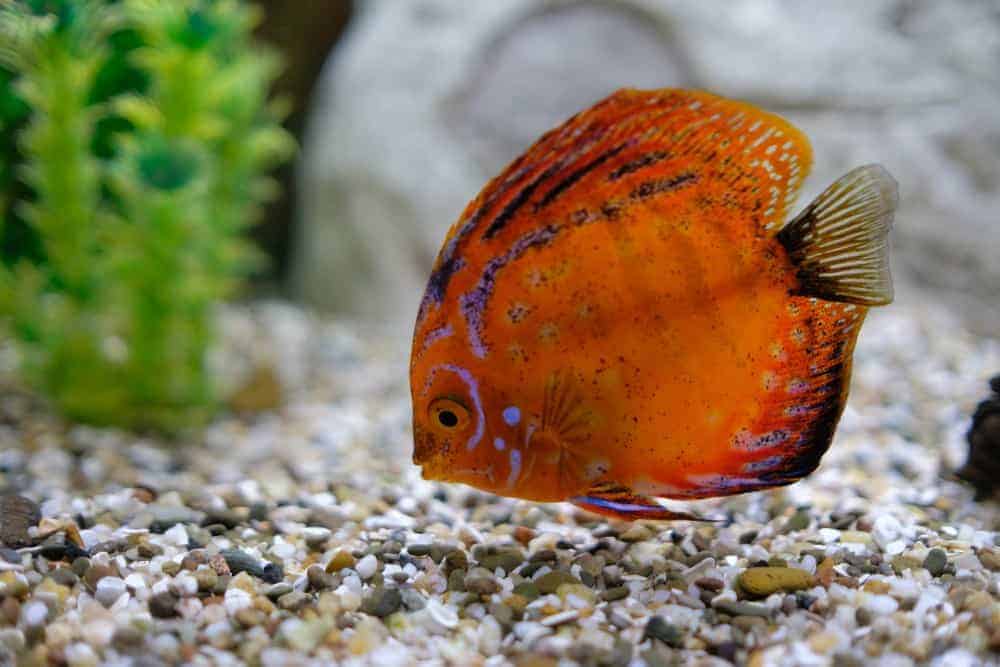
Snake Skins have vertical stress bars and a pattern of thin striations. This is one of the oldest strains of domestic discus and can be found most anywhere discus are sold. The striations may be red or blue on a tan background. Turquoise Discus have vertical stress bars and a pattern of thick striations. The discus pictured below are easy to distinguish and are popular in the hobby. At discus shows it is up to the owner to decide the class best suited for his entry. Since any discus can and will breed with any other discus it is sometimes hard to determine which class the resultant progeny belongs in. Discus are commonly divided into color classes at shows.Ĭlass 10 Blue (Blue Diamond, Cobalt, etc.)Ĭlass 12 Yellow (Pigeon Blood, Golden, Yellow Crystal, Golden Spotted)Ĭlass 13 White (Any white discus) Snow WhiteĬlass 14 Open (Yellow White, Red White, Calico, Ghost) (Any pattern such as Albino Spotted, Albino Snakeskin, Golden Leopard Snakeskin etc.)Īnother way to divide domestic discus is by color. Checkerboard and pearl are other common discus patternsĭiscus with spots such as Red Leopards, domestic Red Spotted Greens and leopard spotted snakeskin would fit in this category. This class would include Discus with complicated striations such as this Ring Leopard. These discus have a distinctive pattern of fine lines and dots on their gill plates Class 7 Snakeskin discus have a fine pattern of lines or striations. Turquoise Discus are one of many discus varieties with straight, thick striations. Striations can be classed as thick line or thin line. The first domestic discus were similar in appearance to wild discus. ĭomestic discus are classified by physical appearance such as color and markings.

Wild Red Spotted Green discus have been selectively bred with domestic strains to produce spotted fish like this one. Collectors look for discus with spotting over a large percentage of the body. Wild Red Spotted Greens have a greenish-tan base color. Class 2 Brown (Symphysodon aequifasciata axelrodi)Ĭlass 3 Blue (Symphysodon aequifasciata haraldi)Ĭlass 4 Green (Symphysodon aequifasciata aequifasciata) Heckles are different from other Discus in that three of the nine vertical bars are more prominent – the one through the eye, the fifth or middle bar and the caudal or tail bar. Wilds are traditionally broken down into four classes.

All wilds have vertical bars overlaid with varying amount of pattern or striations. Several weeks latter pattern will begin to develop and finally the color will fill in. In a spawn of discus the vertical stress bars are the very first trait you are able to distinguish. Underneath the color, underneath the pattern discus will either have or not have vertical bars. Next we look at the physical characteristics.

How are discus different from each other and how are they alike? Discus are either classed as wilds, which means they were born in the Amazon region of South America, or as tank-bred domestics. In this article I want to show you how discus can be placed in different categories and illustrate the types of discus available to hobbyists today.

Some types like Pigeon Blood and Blue Diamonds are easily recognized. What are the different types of discus and how do we tell them apart?Īll colors and types of discus will interbreed and produce fertile fry. Discus are sold under a confusing variety of names.


 0 kommentar(er)
0 kommentar(er)
